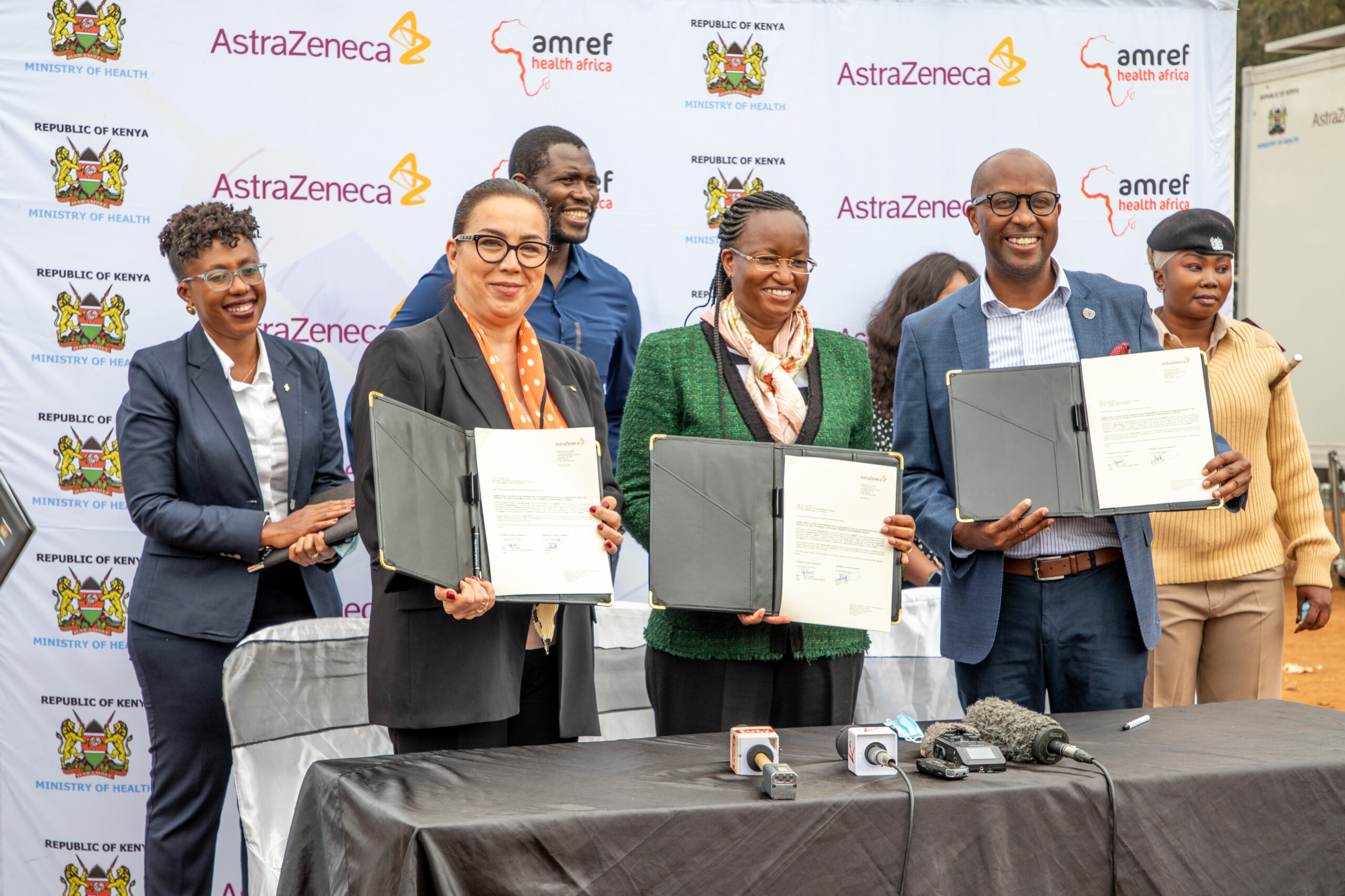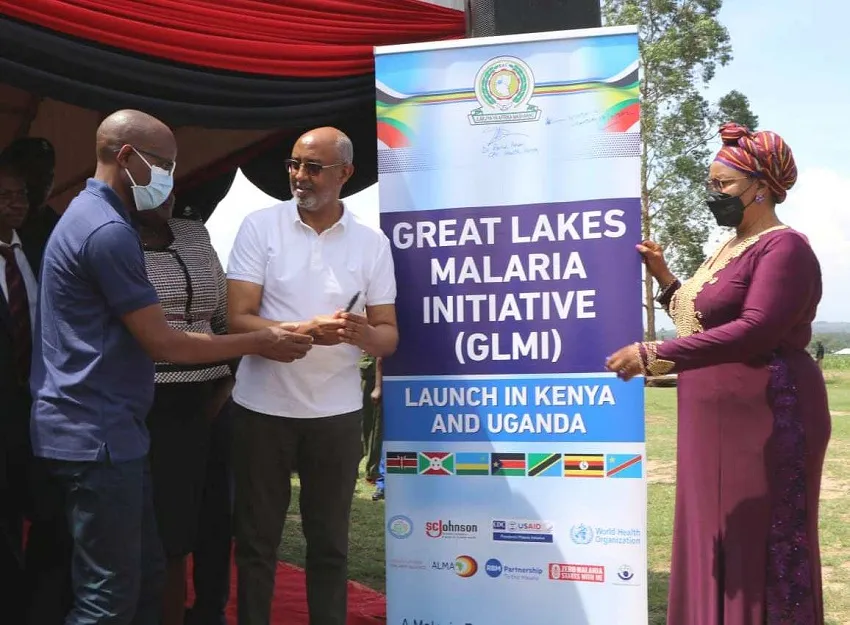Why NGOs are wading into the world of business
Tuesday, 14 March, 2017


Non-governmental organisations (NGOs) around the world are going through a historic transition.They are slowly wading into the world of business by positioning themselves as “social enterprises.”
Although the concept of social enterprises has gained prominence in development circles, it is still an enigma for the general public. This highlights the need for a more open and robust discussion on the subject, particularly in the media and other public forums.
A social enterprise is simply an organisation that focuses on delivering sustainable social value through commercial projects.
Social enterprises essentially blend traditional capitalism with sustainable solutions in order to address chronic social problems such as healthcare delivery.
The key differentiator between a social enterprise and a regular business is that whereas the latter focuses primarily on creating value for shareholders, a social enterprise’s primary objective is creating value for society.
Accordingly, the earnings of a social enterprise are directly tied to its social mission.
Social enterprising is the strategic direction that leading NGOs around the world are taking. As an example, Amref Flying Doctors uses a cross-subsidisation model by charging those who can afford air evacuation and using the proceeds for surgical outreach and charity air evacuation to the underprivileged.
ALSO READ: Leap, the mHealth platform and i-PUSH
Similarly, Population Services International, another global NGO, sells trust condoms at a fee that is lower than the market price of competitor brands.
The revenue generated, together with donor funding, covers the costs of manufacturing, marketing and distribution, allowing PSI to sustainably provide affordable condoms for family planning and control of sexually transmitted diseases.


Amref Flying Doctors uses a cross-subsidisation model by charging those who can afford air evacuation and using the proceeds for surgical outreach and charity air evacuation to the underprivileged. [PHOTO CREDIT: AFD/Samburu]
NGOs that have embraced social enterprising have emerged as a third alternative that combines the efficiency of the entrepreneurial private sector with the welfare orientation of public sector.
Despite their proven potential to amplify the social impact of NGOs, social enterprises run the risk of being misunderstood by the public.
There are concerns that an NGO which embraces social enterprising may over time give precedence to commercial interests and forget about its social mission. They may suffer what experts call a “mission drift.”
However, these fears overlook the fact that social enterprises cannot invest in non-mission areas. A social enterprise cannot, for instance, use its cash reserves to capitalise on a bull run in the stock market, however big the potential returns may be. It must as, a matter of principle, focus on its core social mission.
Equally important to note is that a social enterprise is a more sustainable model for driving development in light of prevailing developments in the NGO world.
Traditionally, NGOs have relied on the benevolence of donors to fund their operations. Though this is still the case, this benevolence is quickly waning.
This is partly because of nationalist ideologies that have swept through many donor countries in the recent past, leading to a cutback on aid to developing countries. Another contributing factor to the decline in donor funding is the widespread shift from aid to trade in many donor countries’ foreign policy strategy for developing countries.
Furthermore, donors have in recent times imposed enhanced conditionality on how NGOs can use donor funds. NGOs are on average not allowed to spend more than 20 per cent of funds they receive from donors on overheads.
This leaves NGOs with significant systemic challenges such as the inability to attract and retain quality human capital, a situation that naturally undermines their ability to deliver quality services to the beneficiaries of their programmes.
NGOs therefore need an alternative source of funds that allows them to invest in their own systems in order to improve internal capacity and the quality of service to beneficiaries. Social enterprising has emerged as the best solution in this regard.
Nevertheless, the transition to social enterprising will be an uphill task for many NGOs. This is because it demands not just a transformation in systems and processes, but in the final analysis, people.
For NGOs to become business-aware, they need to recruit purposely and retrain staff to look at the commercial potential and sustainability of projects they are involved with. NGOs need staff who can blend astute business skills with the characteristic human compassion that is essential to driving societal transformation.
NGOs also have to remain open to the possibility of partnerships with players in the private sector. Partnerships with private sector fosters faster skills and knowledge transfer, and bring in much-needed corporate discipline and innovation.
NGOs have a lot to learn from private sector. They also have a lot to offer. For instance, NGOs with strong community linkages such as Amref can provide drug manufacturers with access to grassroots markets in exchange for a modest fee, allowing the NGOs to remain sustainable from a financial perspective while simultaneously addressing communities’ pressing need for drugs.
Partnering is the preferred pillar of development in the world, as envisaged by Sustainable Development Goal (SDG) number 17.
As Amref Health Africa hosts the Africa Health Agenda International Conference in March in Nairobi, the discussion on SDGs will not just be talk, but tangible opportunities for partnerships that cut across the three key sectors —public, private and the third sector (NGO) —and drive greater social impact.
This article was first published in the Business Daily on March 7, 2017.
Dr Gitahi is the Group CEO of Amref Health Africa. Twitter: @daktari1








Comments
[…] as many other agencies focusing on fistula, such as the Fistula Foundation, UNFPA, EngenderHealth, AMREF, Norwegian Red Cross and many others, there are currently 52 FIGO Fellows –trainee fistula […]
[…] tan solo tenía 8 años se negó a que le practicaran la ablación y convenció a su abuelo, un anciano masái, argumentado que esta práctica también implicaba dejar de ir a la escuela. […]
[…] there is a need to provide appropriate training, supervision and remuneration for community health workers to enable them to tackle existing and emerging health challenges, such as non-communicable diseases, […]
[…] of school-going children. Katembu was also leading a delegation to take stock of progress made by Amref Health Africa’s Maternal and Child Nutrition Project, which was launched in May 2016. Katembu noted that the project has helped to improve maternal, […]
[…] Health Africa Group CEO, Dr Githinji Gitahi who is also the current co-chair of UHC2030, noted that “UHC is a human right that ensures the people’s constitutional right is obeyed, […]
[…] to change this are ongoing and a campaign was launched at the Africa Health Agenda International Conference in Nairobi last year that […]
[…] in Kenya. Nice Leng’ete, who escaped the cut when she was 8-years-old, has earned global acclaim, including a feature story in the New York Times, because of her community-led approach to ending […]
[…] ALSO READ: Leap, the mHealth platform and i-PUSH […]
[…] post Second Innovate for Life Fund Accelerator week appeared first on Amref Health […]
[…] post Amref receives Ksh 4.6 billion grant to fight TB and malaria in Kenya appeared first on Amref Health […]
[…] post Christmas in Dagoretti Child Protection and Development Centre appeared first on Amref Health […]